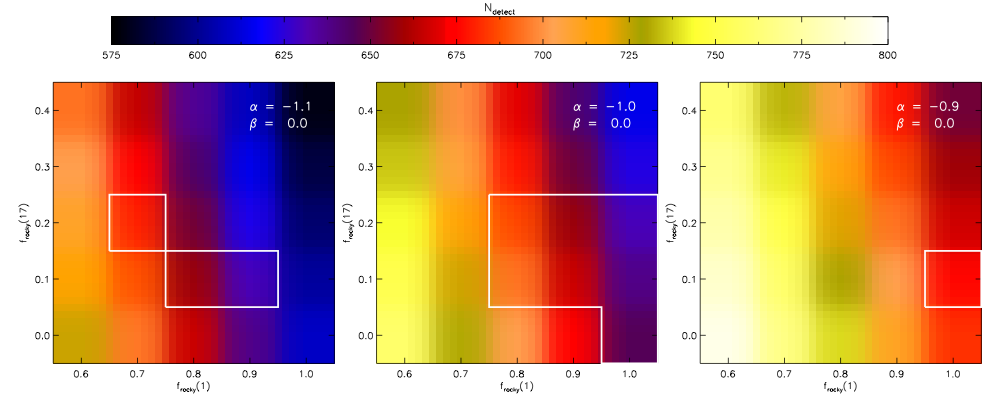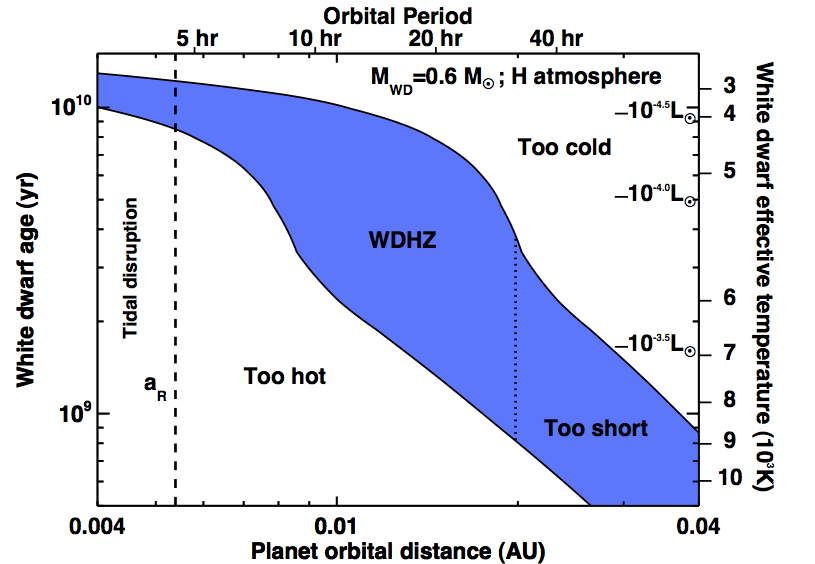The Undergraduate Research series is where we feature the research that you’re doing. If you are an undergraduate that took part in an REU or similar astro research project and would like to share this on Astrobites, please check out our submission page for more details. We would also love to hear about your more general research experience!

Larissa Palethorpe
University of Edinburgh
This guest post was written by Larissa Palethorpe. She is a first year PhD Astronomy student at the University of Edinburgh specialising in exoplanet research. She completed this research remotely as part of the Leiden/European Space Agency (LEAPS) Program for Summer Students during the final year of her undergraduate studies at the University of Nottingham.
The last decade has been hailed as the golden era for exoplanet detection, with around 4500 exoplanets now confirmed to exist. This increase in detection of exoplanets has been largely due to the rise of space based photometry missions, such as CoRoT and Kepler. More than just planetary transits can be studied from these missions’ photometric light curves though.
In fact, three phenomena can be studied: exoplanet transits, asteroseismology, and stellar rotation. However, the study of one of these phenomena frequently involves filtering out data from the other two sources of variation. Therefore, modelling all three of these effects at once is expected to not only improve our ability to detect very faint transits, but also help constrain fundamental stellar parameters such as mass.
One way of modelling all three of these effects together is by using Gaussian Processes (GPs), a supervised machine learning technique. In the past decade, GPs have become popular models for modelling noise in light curves to aid the detection and characterization of exoplanet transits. GPs are well-suited to this task because they provide a measurement of uncertainty on their predictions, which gives us confidence that the model is properly fitting the data.
Previous GP models have been built to characterize exoplanet transits and stellar activity, however in my work I also incorporated the ability to account for asteroseismic oscillations. The model produced results for the stellar rotation period, transit period, and planetary radius. The results obtained were consistent and accurate for simulated data, as can be seen from Figure 1. When applied to real Kepler data, the model still produced a result, but with less accuracy. This indicates that the early model is promising, but still needs further work.
Given our positive results, a software package using these methods could be developed to help improve the search for planetary transits, as well as the characterization of their host stars. This would enable us to get the most out of current photometry missions such as TESS, as well as future ones like PLATO.

Astrobite edited by: Briley Lewis




